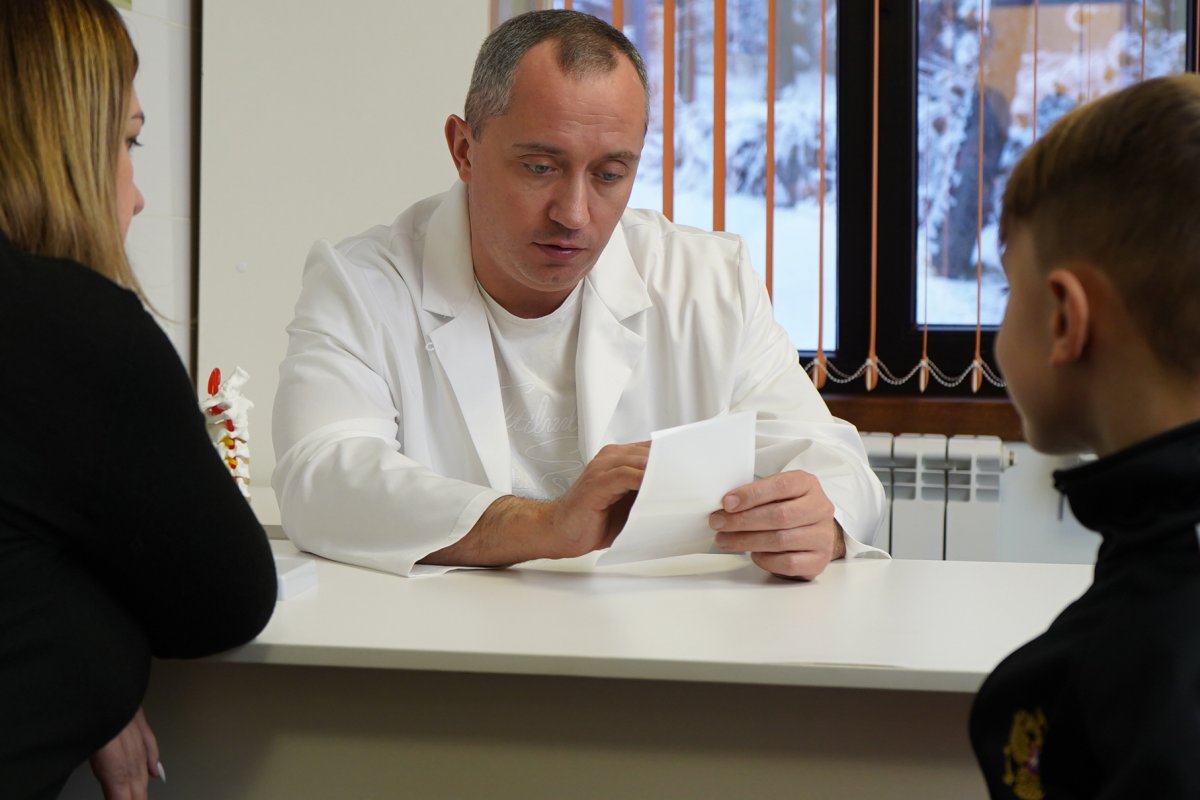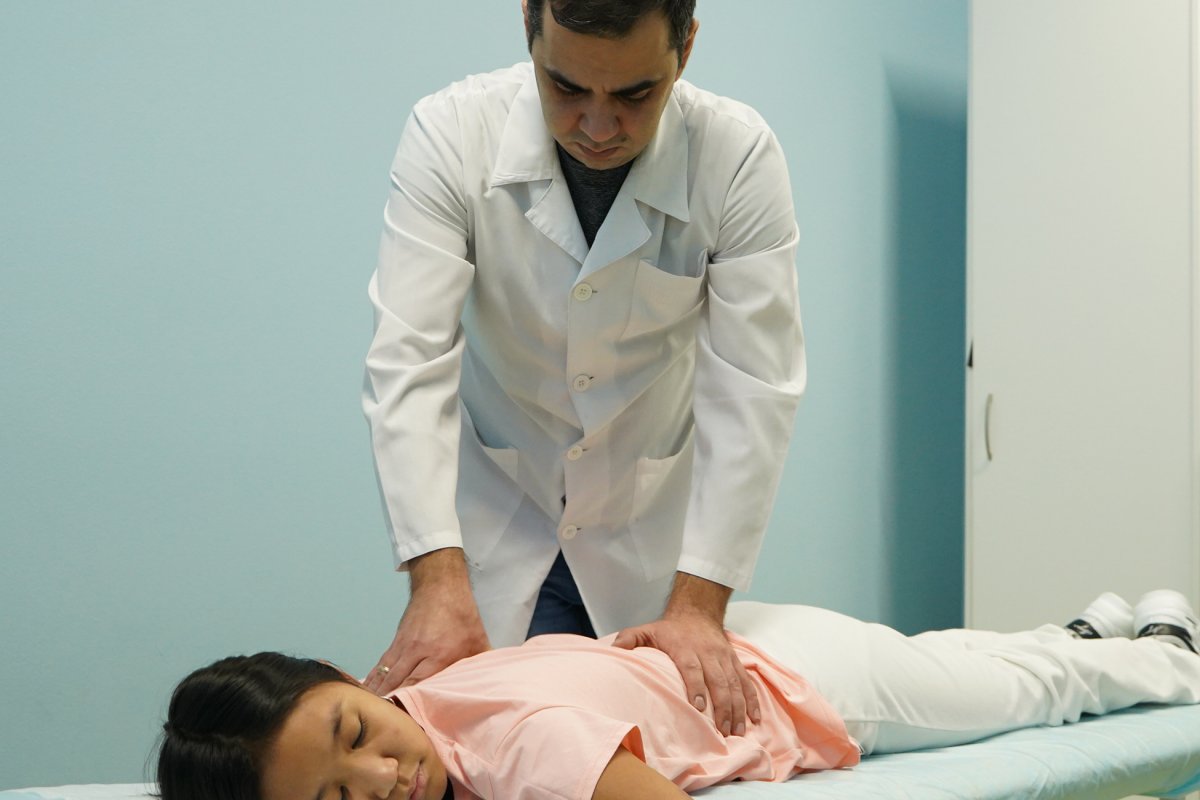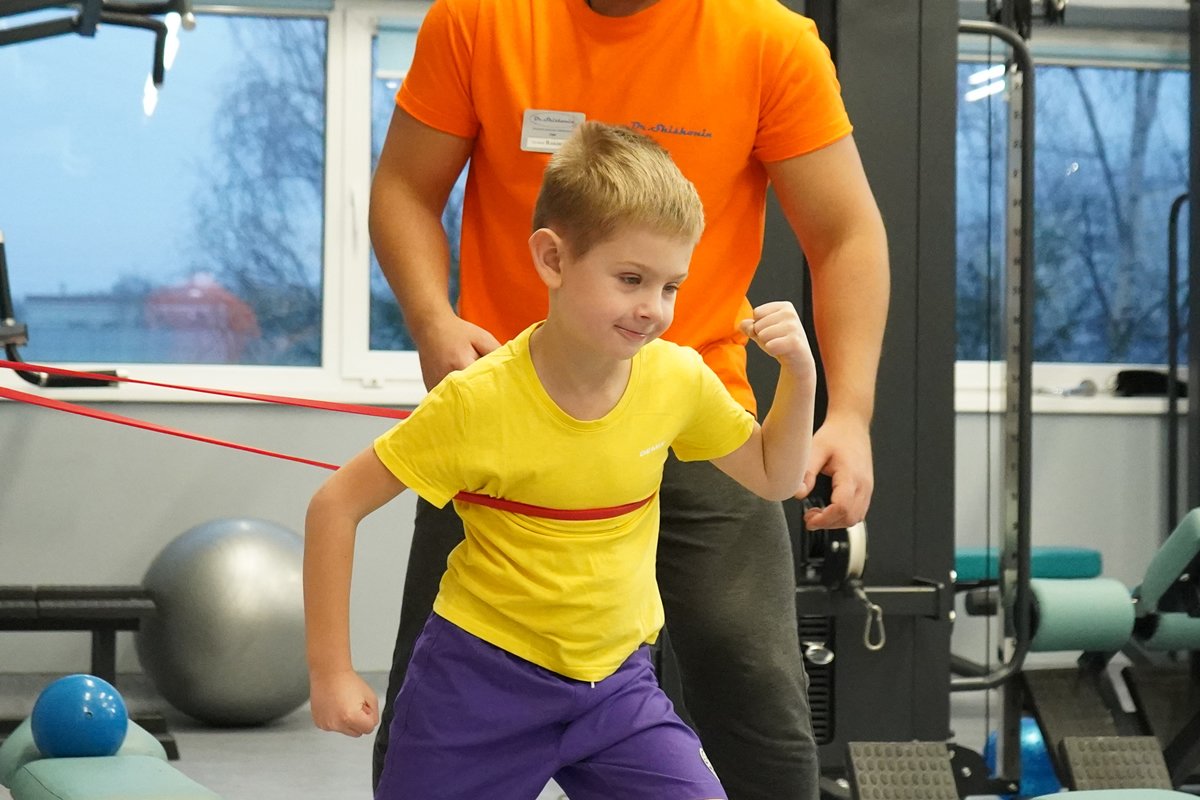
According to the World Health Organization, various birth injuries occur in 8-11% of newborns, and up to 75% of babies get microdamages that are difficult to detect in a newborn. And the number of absolutely healthy children, according to Rospotrebnadzor, does not exceed 12%. To understand the details of how to identify psychological and physical abnormalities in the development of a child, and to correct this process in a timely manner, we invited Alexander Yuryevich Shishonin, Candidate of Medical Sciences, Chief Physician of the Clinical Complex.
Alexander Yuryevich , now very often there are frightening statistics about the growth of chronic diseases among children, what are the reasons for the growth?
A.Yu.The reason is the growth of unidentified, that is, hidden birth injuries. Medical and other sources publish shocking statistics, this suggests that the problem is really acute. After all, the nutrition of the brain in a child is extremely important for its full development. The first to put forward this theory, and later proved it in practice, was the most famous pediatrician, the founder of the Department of Pediatric Neurology, Alexander Yuryevich Ratner. At the Ratner department, children with natal injuries of the central nervous system of varying severity were treated … The fact is that in a child, the main role in the development of the central nervous system is played by the blood supply to the brain stem, which controls the development of the whole body. That is, the general physical and mental development of the child directly depends on how well the brain stem is supplied with blood. His role is visible even in the child himself – babies have a huge back of the head. And just there, in the posterior cranial fossa, is the brain stem, which in an adult controls all life processes, and in a child it is a “starter” of development processes. And any, even the smallest violations of blood flow in the brain stem lead to developmental disorders of varying severity.

Brain malnutrition due to hidden birth injuries leads not only to delays in the development of the child, such as delays in motor, speech, mental development, flat feet, but also to hypertension and type 2 diabetes. The fact is that if the brain does not have enough oxygen and nutrition, it increases pressure and blood sugar levels in order to somehow convey the right thing to the brain. To do this, he rebuilds the work of the liver and pancreas, which leads to overweight, early diabetes and biliary dyskinesia.
And how to independently identify a hidden birth injury?
A.Yu.In a child, most of the detected symptoms are associated precisely with the cerebellum, because this is the main regulator that monitors the development of the body from the prenatal pore, as we know. The pituitary axis located next to the cerebellum – the hypothalamus and pituitary gland – is responsible for the functioning of the entire metabolic boiler. The visual center, also located next to the cerebellum, is responsible for vision, it receives information from the visual organs, which first enters the cerebellum, where it is primarily processed, then transferred to the visual center for secondary processing, and it is already transferred to the cortex. The cerebellum is the center of the inner world of the child. Malnutrition leads to disorders.
In general, remember:
- – the child should start holding his head at two or three months;
- – he should sit at six months;
- – walk and speak the first words in a year, not later, but better earlier, at 10-11 months.
Isn't that? Sound the alarm!

It is also necessary to pay attention if there are “stork spots”, these are burgundy or crimson spots on the back of the baby's head, more precisely, on the transition between the back of the head and the neck. They are already so accustomed to that they are considered almost the norm. But this subcutaneous hemorrhage is a sign of a birth injury! If, as a result of a slight displacement of the vertebrae, the vertebral arteries are slightly pinched, the blood tries to pass to the brain in detours – through the deep artery of the neck (causing the same “stork spots” as a result of deformation of the subcutaneous vessels), as well as through the carotid arteries that feed the cerebral cortex. As a result, the cortex is oversaturated with oxygen, and the child becomes hyperexcitable. That is, hyperexcitability is another sign of natal trauma that needs to be eliminated …
To summarize what has been said, it is necessary to pay attention – sleep, appetite, did it go on time, did it start talking on time … Here medicine does not have clear criteria, if it has not gone in a year, – to sound the alarm or not? No neurologist will sound the alarm. They will say: it's okay, there are different options. And there shouldn't be any options! Didn't go in a year – bad! Did you start walking late? Backlog! Doesn't speak in sentences at two years old? Backlog! And do not listen to the “calmeners” who convince: it's okay, she will speak! Yes, he will speak. But when? And what problems will it result in? After all, if he spoke late, it means that he began to read late. Late began to read – at school does not have time. And so on until adulthood. In which he, too, may “not be in time.”
What else should parents pay attention to?
A.Yu. Unfortunately, there is no strict normative scale of how and what a child should do by what time. Everything has blurred, everything is considered the norm or a variant of the norm in this politically correct tolerant world. And anyway, everything can now be called a pathology due to the banal lack of clinical thinking and the non-attachment of symptoms to those organs that are responsible for these symptoms and functions.
A serious problem is a sedentary lifestyle and passion for computer games and gadgets. The lack of movement leads to a weakening of the muscular frame, overweight, and this is a direct path to oxygen starvation of the brain as a result of a decrease in blood flow through the vertebral arteries. Laziness, fatigue, poor academic performance are signs of poor blood supply to the brain stem, which regulates the work of the body.

What to pay attention to parents talked about, then explain how to fix it.
A.Yu.:Unfortunately, this cannot be fixed by ourselves, it is necessary to contact a highly qualified specialist. The neck is a very complex department, in terms of anatomy. It has many nerve centers, the most complex muscle corset. There is no harder muscle than in the neck. Also, the speech apparatus, the muscles that control it, the root of the tongue are, anatomically, in the neck. The cervical spinal cord is also located there, and that's not all. In my clinic, for starters, a detailed ultrasound of the vessels of the neck is done to find (and subsequently eliminate) where, in the region of which vertebra, the artery is clamped or the venous outflow is disturbed. We prescribe a specialized set of exercises for such children … Well, we work with the neck. No child, I believe, is born with a bad brain. The makings of the brain are extremely great, and I do not believe in stupid children. A normal child should study normally. And laziness, fatigue are signs of poor blood supply to the brain stem, which regulates the work of the body. I know this from my many years of experience, what will happen next – you eliminate the displacement, thus normalizing the blood flow, and the problem goes away, the body gradually catches up with the backlog, because the command center was given a vital resource – oxygen and nutrients brought with the blood.
< br>This approach gives a wonderful clinical effect! The main thing is that parents follow and clearly understand why they are doing this. For the sake of the future of your child, including the social future. Moreover, now is the holidays and there is time to take care of their health and prepare for the new academic year.
Clinic address: 117588, Moscow, st. Yasnogorskaya, 5, fl. 3. Tel.: 8 (800) 555-76-81
www.shishonin.ru Opening hours: Mon-Fri: 9.00 – 21.00; Sat: 9.00 – 18.00; Sun: closed.
LO-77-01-019609 dated 13.02.2020
Advertising. Kra244sr2
THERE ARE CONTRAINDICATIONS. CONSULT A SPECIALIST.
